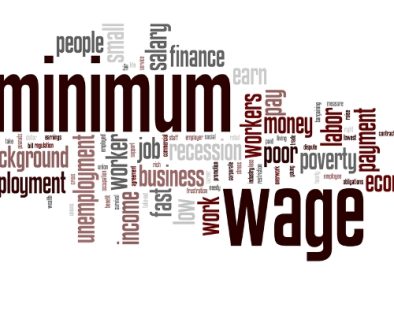Fringe benefits tax (FBT)
Understanding Fringe benefits tax (FBT)
Fringe benefits tax (FBT) is a ‘payment’ to an employee, but in a different form to salary or wages.
For FBT purposes, an employee includes a:
- current, future or past employee
- director of a company
- beneficiary of a trust who works in the business.
Examples of fringe benefits include:
- allowing an employee to use a work car for private purposes
- giving an employee a discounted loan
- paying an employee’s gym membership
- providing entertainment by way of free tickets to concerts
- reimbursing an expense incurred by an employee, such as school fees
- giving benefits under a salary sacrifice arrangement with an employee.
The following are not fringe benefits:
- salary and wages
- shares purchased under approved employee share acquisition schemes
- employer contributions to complying super funds
- employment termination payments (including for example, the gift or sale at a discount of a company car to an employee on termination)
- payment of amounts deemed to be dividends under Division 7A
- benefits provided to volunteers and contractors
- exempt benefits such as certain benefits provided by religious institutions to their religious practitioners.
What is fringe benefits tax
FBT is paid by employers on certain benefits they provide to their employees or their employees’ family or other associates. FBT applies even if the benefit is provided by a third party under an arrangement with the employer.
FBT is separate to income tax and is calculated on the taxable value of the fringe benefit. The employer must self-assess their FBT liability for the FBT year (that is, 1 April to 31 March) and lodge an FBT return.
Employers can generally claim an income tax deduction for the cost of providing fringe benefits and for the FBT they pay. Employers can also generally claim GST credits for items provided as fringe benefits.
The following video will also help to explain Fringe benefits tax (FBT):
Reportable fringe benefits – facts for employees
If the total non-grossed-up taxable value of certain fringe benefits provided to you (or your associate if in connection with your employment) exceeds $2,000 in a fringe benefits tax (FBT) year (1 April to 31 March) you will have a reportable fringe benefits amount (RFBA).
This will be shown on your payment summary or income statement in myGov and you need to include it in your income tax return. However, you don’t:
- include it in your total income or loss amount
- pay income tax or Medicare levy on it.
While not taxable, your total RFBA from all employment is taken into account in determining your eligibility for certain government benefits and concessions.
If you lodge your tax return through a tax agent or use the myTax online return, you don’t generally have to do anything as your pre-filled income tax return should include any RFBAs. These are generally reported to the ATO by employers by early August for the income year just ended.
Our team at Gerard Wilkes & Associates are here to help. If you have any questions regarding this article, or would like to discuss your taxation matters further, please contact us at https://www.wilkes.com.au/contact-us/ or call our office 07 5532 1733.




